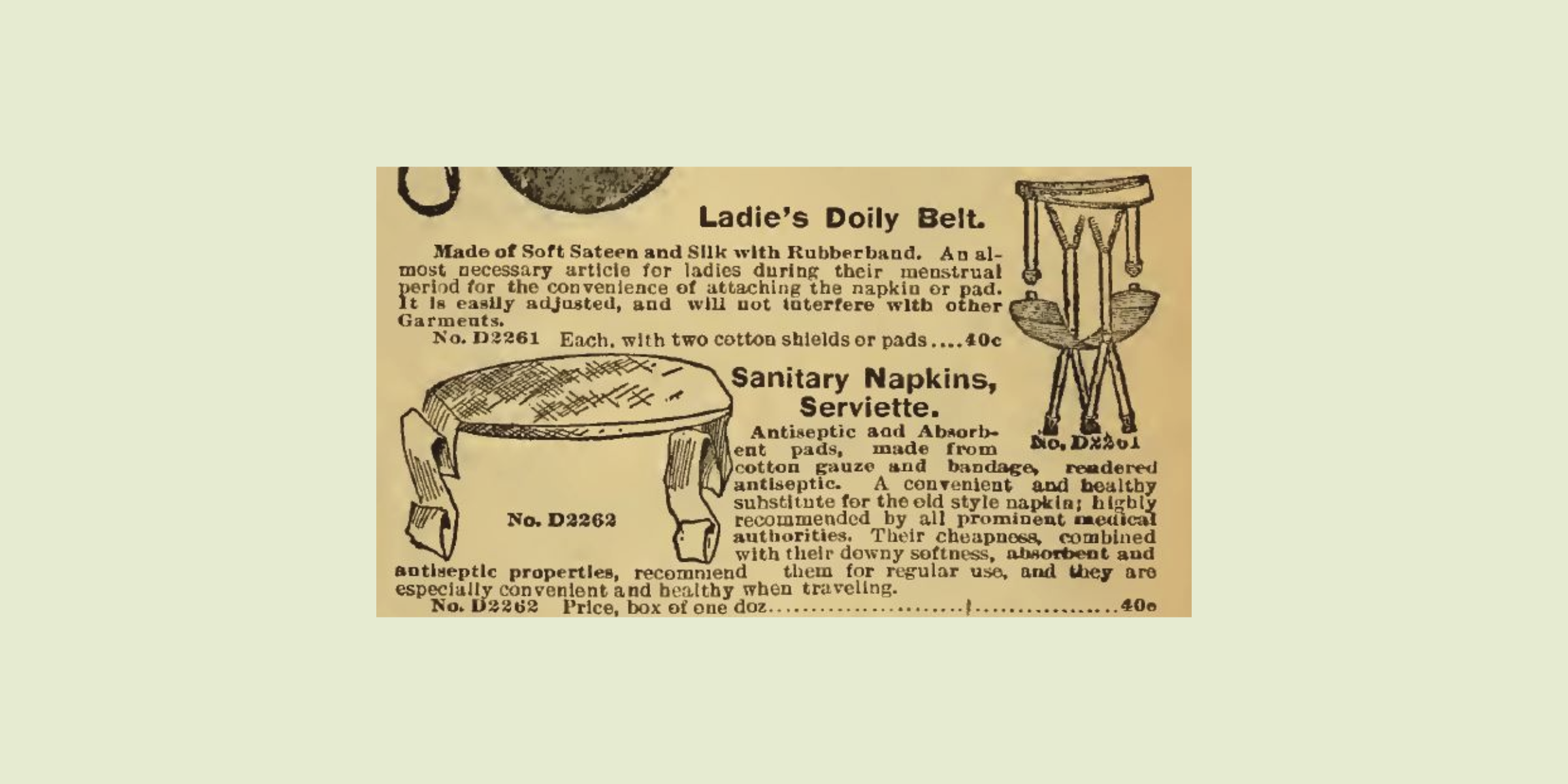
Women would safety-pin them to their underwear scary if that pin popped. So when you call anyone from those times filthy you called your own blood filthy.

Long term in the past ladies might use towels as pads and that they might might desire to bathe them whilst they might replace and as for midol they might take a heat towel and place it of their.
What did women do before pads. Mini-pads were a huge success when they hit the market even inspiring fan letters from women who finally felt comfortable 1. As the feminist movement pushed women to become comfortable with their bodies free bleeding was adopted by women who resented the fact that they were expected to hide and feel ashamed of their periods though it was hardly mainstream 3. While they could be used to absorb postpartum blood women realized the pads could also be used for menstruation and encouraged the company to sell them separately.
Disposability represented a major breakthrough. Imagine trying to deal with bloody cloth while youre out and about. Now women could simply toss the napkin when it was full.
Papyrus was used by the female Egyptians of the 15th century BCE to stem their monthly flow. Historical evidence suggests that these women would roll up the relatively soft Papyrus fibers and use them to prevent Carrie from going to prom. Just Bleeding Out Photo.
Dennis Jarvis Flickr CC BY-SA 2. Before the disposable pad was invented most women used rags cotton or sheeps wool in their underwear to stem the flow of menstrual blood. Knitted pads rabbit fur even grass were all used by women to handle their periods.
Long term in the past ladies might use towels as pads and that they might might desire to bathe them whilst they might replace and as for midol they might take a heat towel and place it of their. When I was a girl pads did not stick to your underwear. We had elastic things that went around our hips with a clasp on a piece of elastic in front and back that hung down.
The pads had strips on each end and you would hook the strips to the clasps to hold them in place. Women didnt just let the waste go in their dresses. My grandmother had to do these such things in her time so when you start talking remember your grandmothers probably did the same such things.
So when you call anyone from those times filthy you called your own blood filthy. Have a nice day. These are some questions I have been asked recently so I decided to do a little research on what women did in the olden days before pads and tampons modern day options and how to be prepared for that time in a disaster situation.
Here is a sort of funny story to start off this unusual topic. When I was a young teen I had been. What women used in earlier times.
See nineteenth-century Norwegian washable pads and an Italian washable rag from before 1900 - German patterns for washable pads about 1900 - Japanese patterns for washable pads early 20th century - Contemporary washable pads - Women sometimes wore washable pads with a sanitary apron - Egyptian. In some tribes the women walk round naked and just let the blood flow onto the ground. Also in the novel The Red Tent which is set in biblical times the women sat on bails of hay in a designated tent during their menstrual periods.
Were very lucky with all the options available for us now. Women are turning to these cups made out of materials like latex and silicone instead of pads and tampons. People are becoming more environmentally aware says.
Then during World War I army nurses started making disposable pads from gauze cheesecloth and surgical cotton. Finally in the 1920s companies started making pads and advertising them in womens magazines. Women would safety-pin them to their underwear scary if that pin popped.
Or theyd hold them with a sanitary belt. What women used in earlier times. See nineteenth-century Norwegian washable pads and an Italian washable rag from before 1900 - German patterns for washable pads about 1900 - Japanese patterns for washable pads early 20th century - Contemporary washable pads - Women sometimes wore washable pads with a sanitary apron - Egyptian hieroglyphics telling of tampon use - The first.